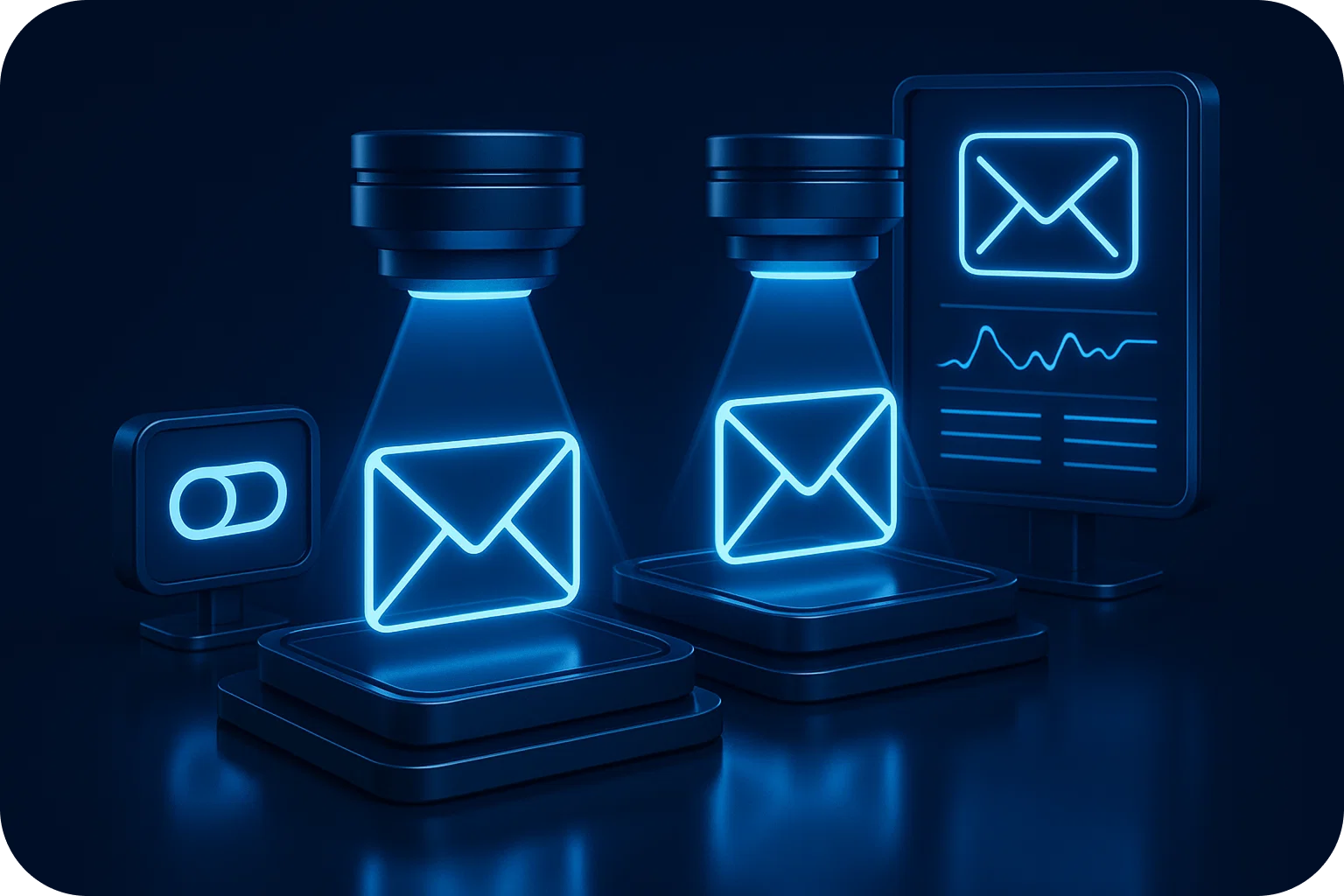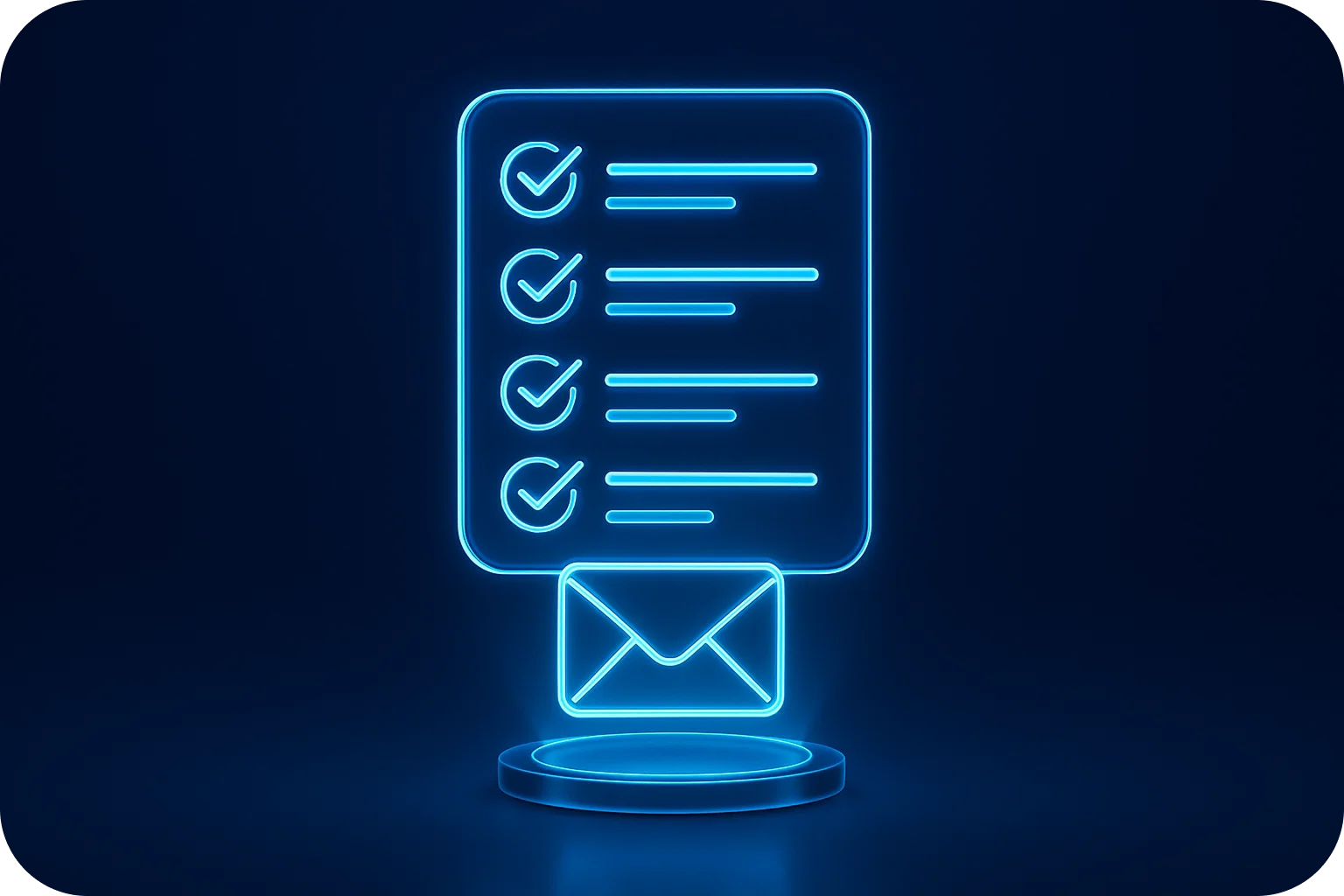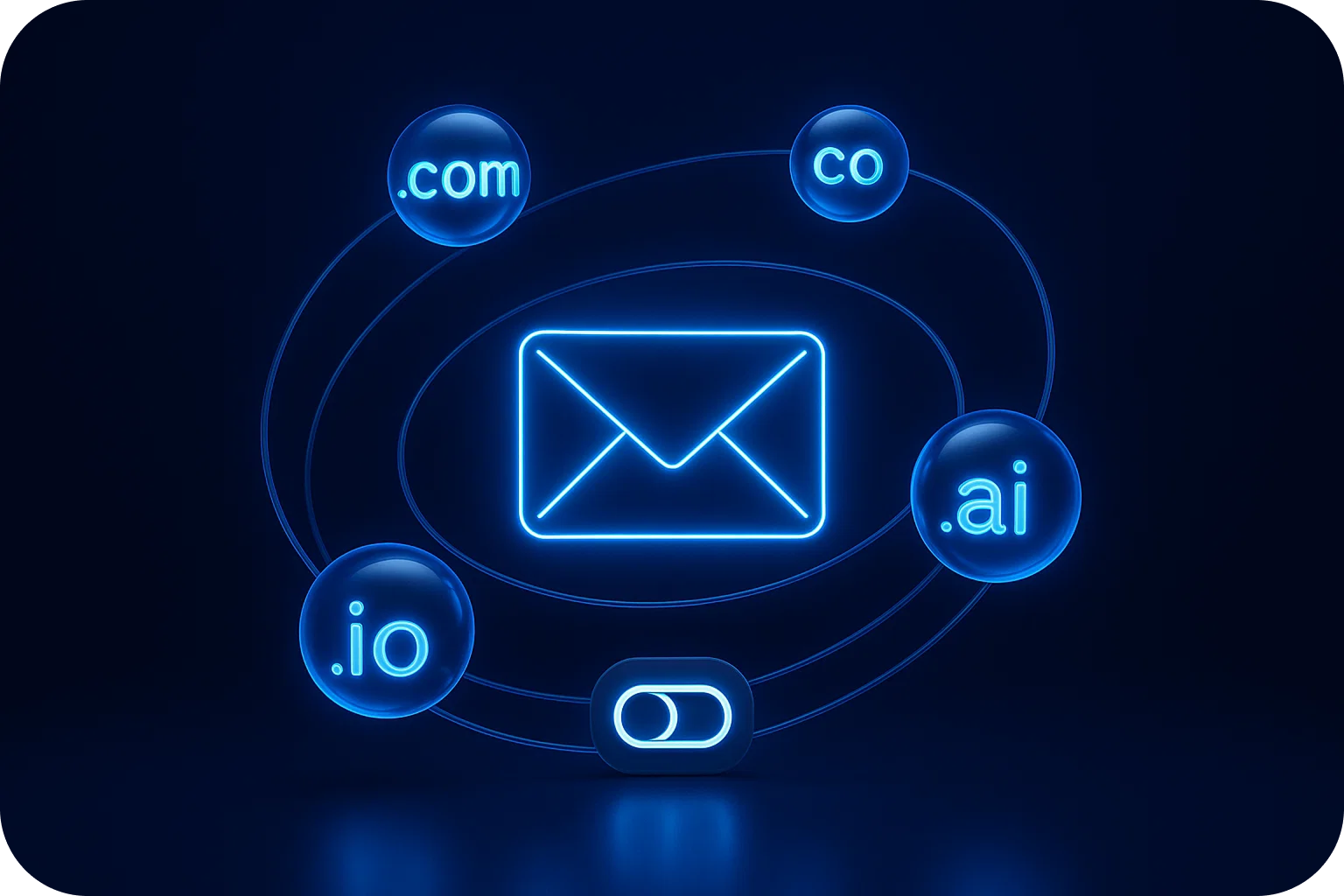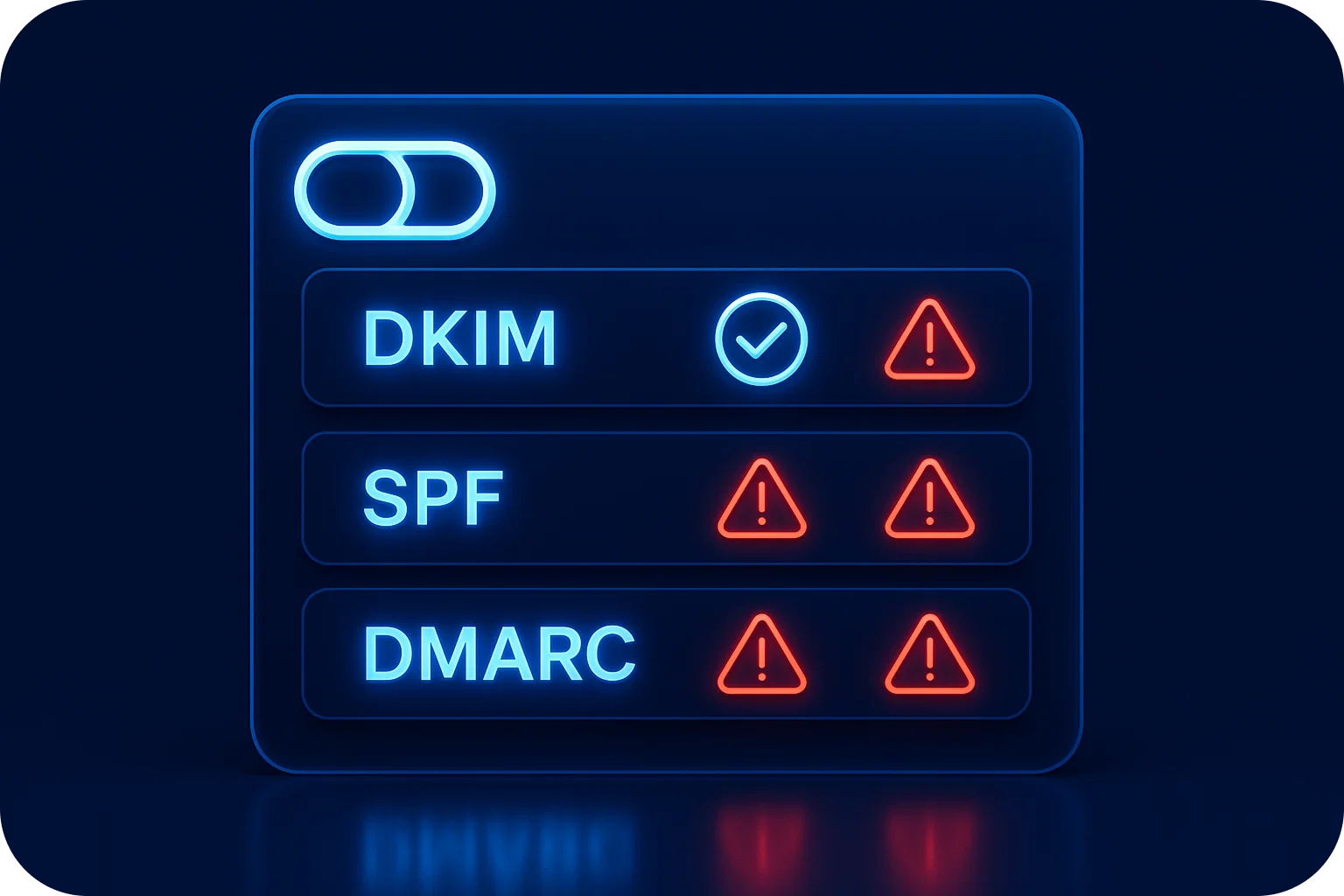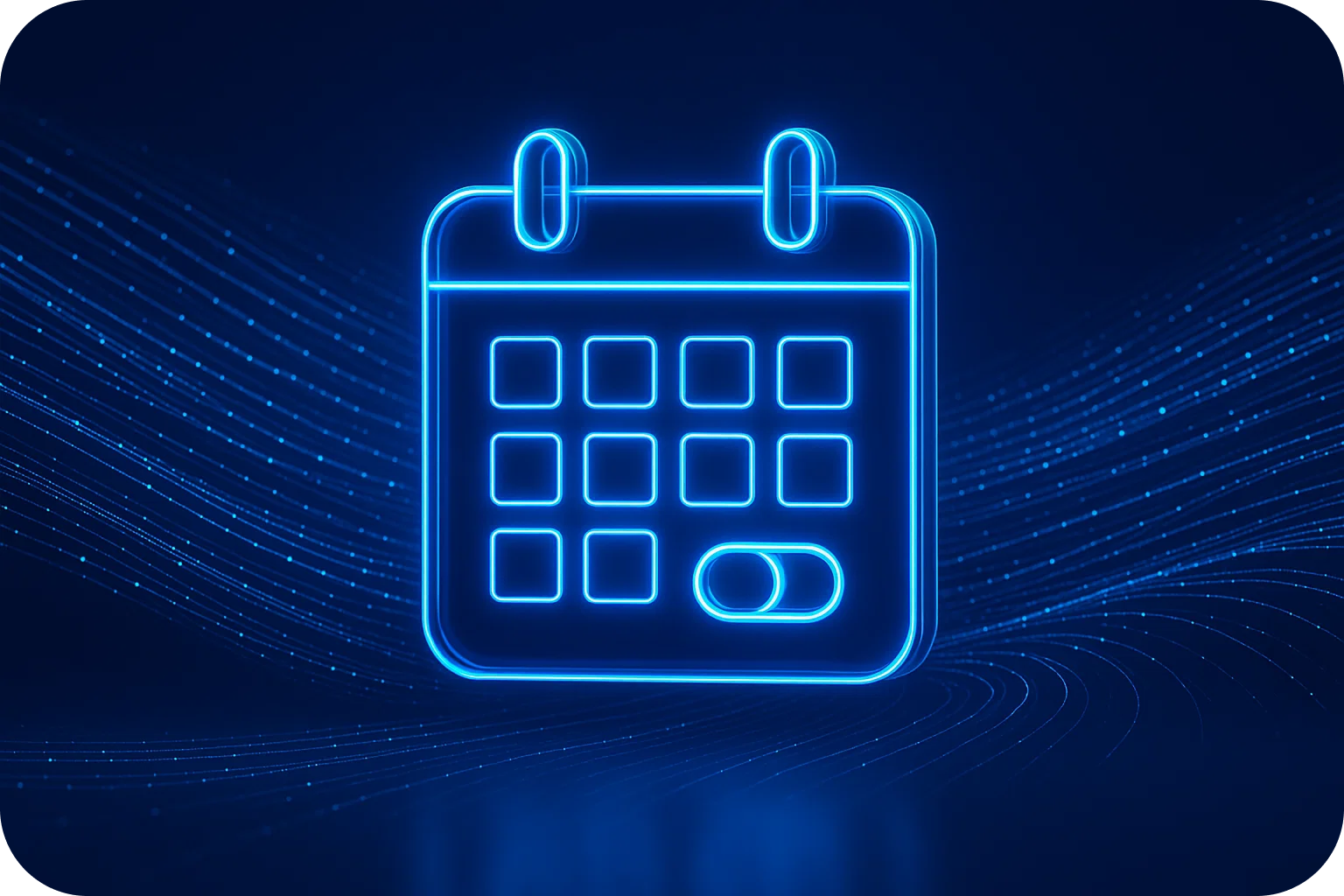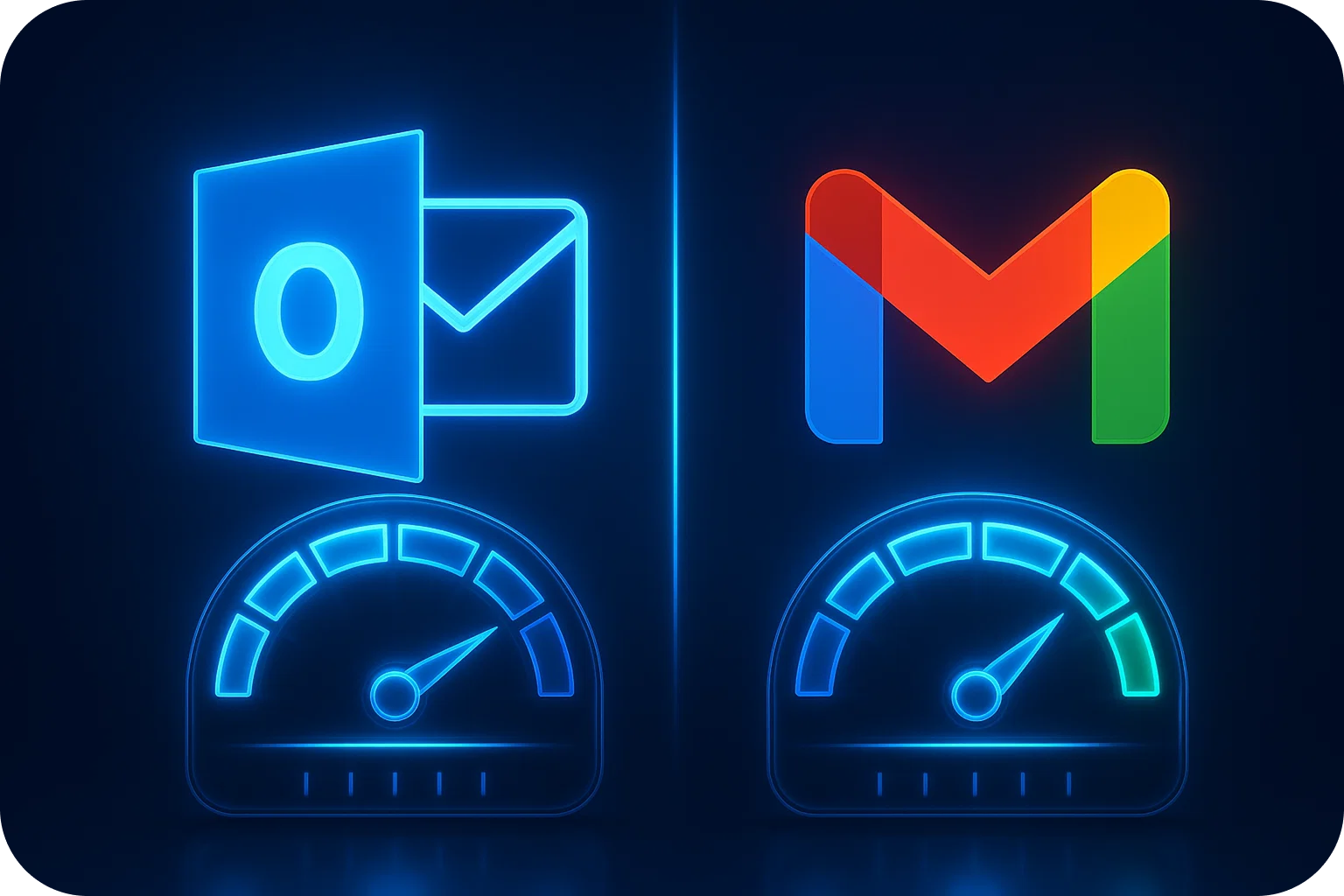Seasonal Email Trends: Adjusting Your Strategy for Q4 Budget Cycles
.png)
The fourth quarter isn't just another three months on the calendar; it's a make-or-break period that can define your entire year's sales performance. As budgets get finalized, decision-makers scramble to allocate remaining funds, and procurement processes accelerate, your cold email strategy needs to evolve accordingly.
Understanding seasonal email trends and adapting your approach for Q4 budget cycles can mean the difference between ending the year strong or watching opportunities slip away. Let's explore how to optimize your cold email outreach during this critical period.
The Q4 Budget Cycle Phenomenon
Q4 operates under unique financial pressures that fundamentally change how businesses make purchasing decisions. Most organizations follow a "use it or lose it" budget mentality, where unspent funds disappear at year-end rather than rolling over to the next fiscal year.
This creates a fascinating paradox: decision-makers are simultaneously more receptive to solutions that help them utilize remaining budget and more selective about what they approve. They're looking for quick wins, proven ROI, and implementations that can show value before December 31st.
For your cold email strategy, this means your messaging must acknowledge these realities. Generic pitches that worked in Q2 will fall flat in November. Your prospects are operating under different constraints, timelines, and motivations.
Key Seasonal Email Trends in Q4
Compressed Decision-Making Timelines
The typical B2B sales cycle that takes 60-90 days in Q1 or Q2 often compresses to 2-4 weeks in Q4. Prospects who are interested need to move quickly, which means your email sequences should reflect this urgency without being pushy.
Adjust your follow-up cadence accordingly. Instead of waiting a week between touches, consider 3-4 day intervals. Your prospects expect faster communication during this period, and delays can cost you deals as budgets get allocated elsewhere.
Increased Email Volume and Competition
Every sales team knows about Q4 opportunities, which means your prospects' inboxes are more crowded than ever. Email trends show that cold email volume increases by 40-60% during Q4, making it harder to stand out.
This heightened competition demands sharper subject lines, more personalized messaging, and clearer value propositions. The "spray and pray" approach becomes even less effective when everyone else is doing the same thing.
Holiday Schedule Disruptions
Q4 isn't just about budgets; it's also about Thanksgiving, Christmas, Hanukkah, New Year's, and countless company parties and year-end events. Your prospects have less available time, more out-of-office replies, and divided attention.
Smart cold email strategy accounts for these disruptions by front-loading outreach in early October and early November, avoiding the dead zones of late November and late December, and planning strategic touchpoints for early January when budgets reset.
Adjusting Your Cold Email Strategy for Q4 Success
Lead with Budget-Conscious Messaging
Your subject lines and opening sentences should immediately signal that you understand Q4 dynamics. Consider approaches like:
- "Quick question about your 2025 planning" (positions you for next year's budget)
- "Helping [Company] maximize Q4 budget" (acknowledges current cycle)
- "30-day implementation for year-end results" (emphasizes speed)
The key is demonstrating awareness of your prospect's timeline without explicitly saying "I know you have a budget to spend." Subtlety matters; decision-makers don't want to feel like you're circling like a vulture.
Emphasize Fast Implementation and Quick Wins
During Q4, prospects care less about your five-year roadmap and more about what you can deliver before the calendar flips. Your cold email content should highlight:
- Specific implementation timelines (ideally under 30 days)
- Quick-start programs or accelerated onboarding
- Early wins and immediate value delivery
- Case studies showing rapid deployment
For example, instead of "Our platform helps companies scale their outreach," try "Most customers send their first campaign within 10 minutes of signing up, perfect for teams who need results before year-end."
Segment Your Audience by Fiscal Year
Not every company operates on a calendar fiscal year. Many organizations run July-June or April-March cycles, which means their "Q4" happens at different times.
Sophisticated cold email strategy involves segmenting your prospect list by fiscal year and adjusting your seasonal messaging accordingly. A prospect whose fiscal year ends in March won't respond to December budget urgency, but they will respond to February budget messaging.
Research your target accounts' fiscal calendars (often available in public filings for larger companies) and time your budget-focused outreach to match their actual decision-making cycles.
Create Q4-Specific Sequences
Your standard email sequence probably doesn't account for Q4's unique dynamics. Build dedicated sequences that:
- Acknowledge the time of year explicitly
- Feature shorter, punchier emails (decision-makers have less reading time)
- Include more direct calls-to-action with specific next steps
- Offer expedited processes or year-end incentives
- Plan around holiday blackout dates
A five-email sequence that works in May might need to become a seven-email sequence in November with tighter spacing and more urgency-driven messaging.
Leverage Year-End Incentives Strategically
Many companies offer Q4 promotions, discounts, or special terms to capitalize on budget cycles. While these can be effective, they need to be positioned carefully in your cold email outreach.
Leading with a discount can cheapen your offering and attract price-sensitive customers who churn quickly. Instead, lead with value and introduce incentives as a secondary benefit: "Beyond the core platform benefits we discussed, we're also offering extended onboarding support for implementations that start before December 15th."
This approach maintains your value proposition while still creating urgency around the year-end timeline.
Email Trends to Watch: Data-Driven Insights
Optimal Sending Times Shift in Q4
Email trends data shows that optimal sending times change during Q4. The traditional Tuesday-Thursday sweet spot becomes less reliable as meeting schedules intensify and people take time off.
Consider testing:
- Early morning sends (6-7 AM in prospect's timezone) to catch people before their day fills up
- Monday sends, which perform better in Q4 than in other quarters
- Weekend sends for certain industries where decision-makers catch up on email
The key is continuous testing and monitoring. What worked last Q4 might not work this year, and what works in your industry might differ from general trends.
Personalization Becomes Even More Critical
With increased email volume during Q4, generic outreach gets ignored even faster than usual. Email trends consistently show that personalized cold emails generate 2-3x higher response rates, and this gap widens during high-volume periods.
Invest time in researching your prospects:
- Reference recent company news, funding rounds, or leadership changes
- Mention specific challenges their industry faces in Q4
- Connect your solution to their publicly stated goals or initiatives
- Acknowledge their company's fiscal calendar if it differs from the standard
Tools that help automate personalization at scale become invaluable during Q4 when you need to maintain quality while increasing volume.
Multi-Channel Coordination Increases Effectiveness
Cold email strategy in Q4 shouldn't exist in isolation. The most successful campaigns coordinate email with LinkedIn outreach, phone calls, and even direct mail for high-value prospects.
This multi-channel approach helps you break through the noise when email alone might get lost. A LinkedIn connection request followed by a personalized email two days later, then a phone call three days after that, creates multiple touchpoints that reinforce your message.
Planning for the Q4-to-Q1 Transition
A smart cold email strategy doesn't just focus on closing Q4 deals; it also plants seeds for Q1 opportunities. Many prospects you contact in November won't have a budget available until January, but that doesn't make them bad leads.
Create a separate nurture sequence for prospects who express interest but cite budget timing as a barrier. These emails should:
- Acknowledge their timeline without being pushy
- Provide value through relevant content and insights
- Stay top-of-mind without overwhelming their inbox
- Include a strategic touchpoint in early January when new budgets are available
Some of your best Q1 deals will come from relationships you started building in Q4, so don't write off prospects just because they can't buy immediately.
Avoiding Common Q4 Cold Email Mistakes
Don't Assume Everyone Has a Budget to Spend
While many organizations have Q4 budget availability, not all do. Some companies have already allocated every dollar, others are in hiring freezes, and some are preparing for belt-tightening in the new year.
Your cold email approach should explore budget availability rather than assume it. Ask questions like "What does your planning process look like for 2025?" rather than "How should we allocate your remaining Q4 budget?"
Don't Disappear During Holiday Weeks
Many sales teams completely shut down outreach during Thanksgiving week and the last two weeks of December. While response rates do drop during these periods, you're also facing much less competition.
Strategic, well-timed emails during these "quiet periods" can actually perform well, especially if you acknowledge the timing: "I know it's a busy week, so I'll keep this brief..." or "Taking a few minutes during the holiday slowdown to reach out..."
Don't Abandon Your Value Proposition for Urgency
The biggest mistake in Q4 cold email strategy is letting urgency overshadow value. Yes, timing matters, but prospects still need to understand why your solution is worth their attention and budget.
Every email should clearly communicate specific value before introducing any time-sensitive elements. The formula is: relevance + value + urgency, in that order.
Measuring Success: Q4 Email Metrics That Matter
Your standard email metrics need additional context during Q4. A 15% reply rate that would be excellent in Q2 might be average in Q4 when urgency drives more responses. Conversely, a 25% open rate might be strong given increased inbox competition.
Focus on these key metrics:
- Reply rate and reply quality: Are prospects engaging substantively or just asking to be removed?
- Meeting booking rate: How many replies convert to actual conversations?
- Time-to-close: Are deals moving faster than your typical cycle?
- Pipeline value generated: What's the total potential revenue from Q4 outreach?
- Q1 pipeline seeded: How many future opportunities are you creating?
Compare these metrics against your Q2 and Q3 baselines to understand what's truly working versus what's just seasonal noise.
Conclusion
Seasonal email trends and Q4 budget cycles create both challenges and opportunities for cold email outreach. The increased competition and compressed timelines demand more strategic thinking, better personalization, and sharper execution.
Success comes from understanding your prospects' unique Q4 pressures, adjusting your messaging and timing accordingly, and maintaining your value proposition even as you introduce urgency. The teams that win in Q4 are those who prepare early, execute consistently, and stay flexible as market conditions evolve.
Start planning your Q4 cold email strategy now. Segment your lists by fiscal year, build dedicated sequences, test your messaging, and prepare to capitalize on the year's most dynamic selling period. Your prospects are making decisions right now about where to allocate budget; make sure your solution is part of that conversation.
The calendar waits for no one, and neither do budget cycles. Adjust your cold email strategy today, and finish the year strong.
More articles
Get started now




%201.png)
